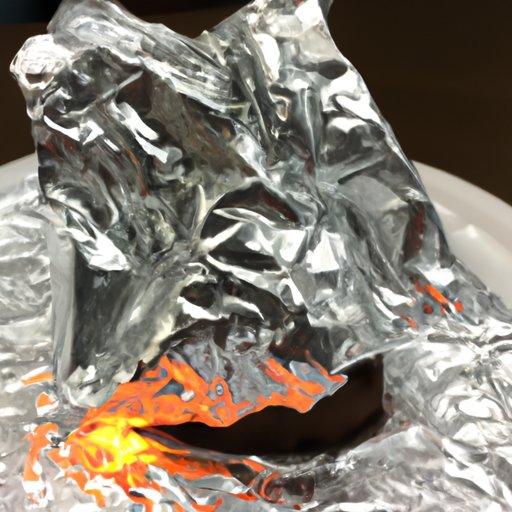
Can You Melt Aluminum Foil? Exploring the Benefits and Risks Aluminum
Aluminum foil is not flammable, that much is true. Aluminum only burns when temperatures are really high - somewhere around 660°C or 1220°F. When heated, it may change color, leading one to believe it has been burned. Quite obviously, the pollutants from the fire's smoke are what caused this coloring.

Exploring the Melting Point of Aluminum Foil Temperature Impact and
07.12.2021. Melting point is a crucial physical property. The temperature at which a substance changes from a solid to a liquid state directly impacts how that substance is handled and applied. Aluminum has a melting point of approximately 1220°F. Relative to other metals, this is about double the melting point of zinc, and half the melting.

Aluminum Foil Melting Point What Temperature Does it Take to Melt
Does Aluminum Foil Burn On Stove. Aluminum foil can burn on a stove if it comes into direct contact with a flame or a hot heating element. Aluminum has a high melting point but is not completely resistant to intense heat. When aluminum foil is exposed to a flame or high heat, it can reach its ignition temperature and burn.

Aluminum Foil Melting Point What Temperature Does it Take to Melt
The required temperature is around 1220°F. At this high temperature, there is a chance of foil catching fire, otherwise, it is all safe to use.. Does Aluminum Foil Burn Or Melt? Aluminum foil has the ability to melt and burn, but only at extremely high temperatures. Therefore, you can use it in the oven to make dishes and it will often stay.
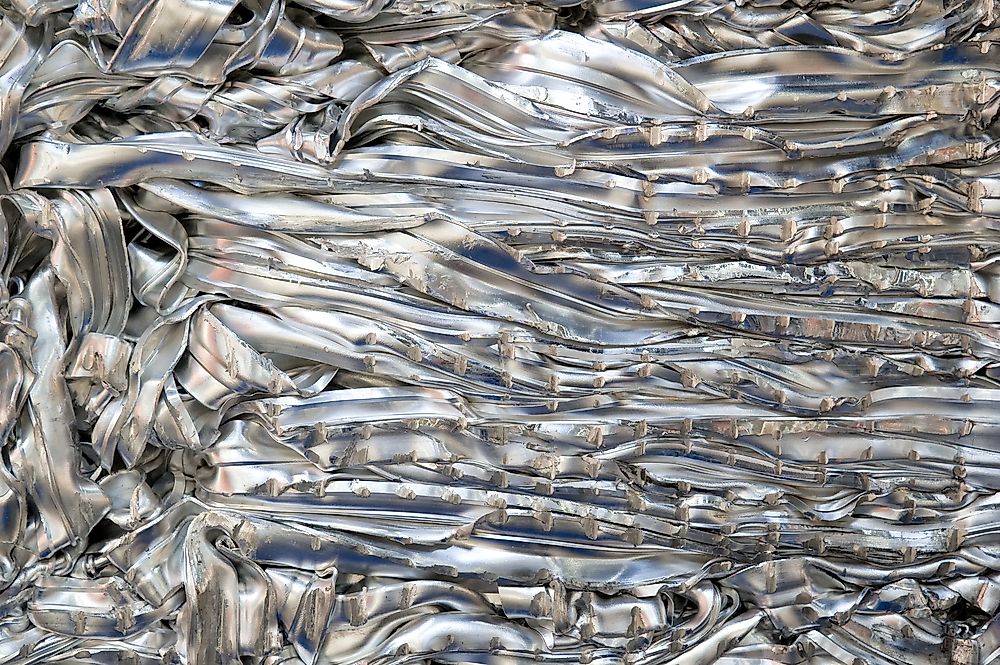
What is the Melting Point of Aluminum?
At What Temperature Does Foil Melt? Aluminum's melting point is around 1220°F. However, household aluminum foil starts becoming malleable and damaged at much lower oven temperatures. Most standard aluminum foil begins warping and melting around 650-700°F. And it only takes reaching 500°F to be in risky territory when it comes to melting foil.
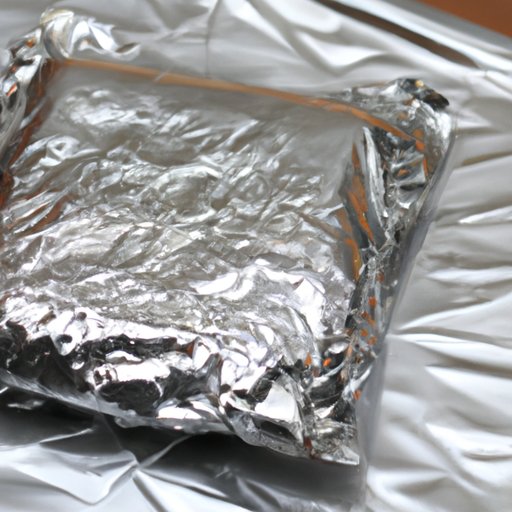
Exploring the Melting Point of Aluminum Foil Temperature Impact and
The foil should also be shaped around the food and placed away from the microwave walls, at least 1 inch or farther, according to the USDA. Additionally, if your microwave has metal parts, extra care should be taken to ensure the foil doesn't touch the metal components. The USDA also advises keeping small pieces of foil away from the metal parts.
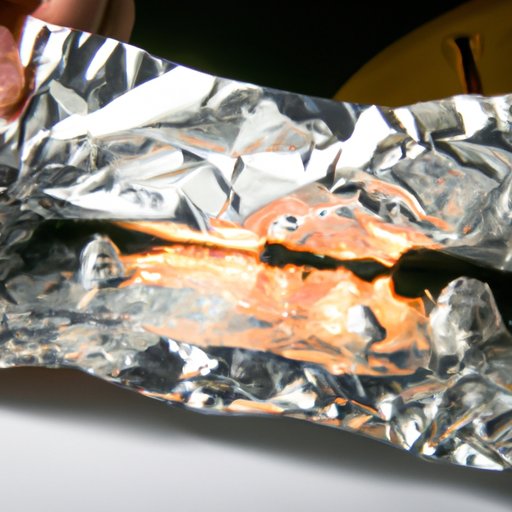
Exploring the Melting Point of Aluminum Foil Temperature Impact and
Melting Point of Aluminum. Recycling cans and foil is simple, but it's an adult-only project because you need a high temperature. The melting point of aluminum is 660.32 °C or 1220.58 °F. This is much higher than the heat produced by an oven or grill (which is why aluminum is great for cookware), but lower than the melting point of iron.

How to Melt Aluminum Cans and Foil at Home
The temperature needed is, roughly, at around 1220°F. However, it can conduct heat very easily, and this can cause a fire, depending on how the material is heated. It is very good at containing heat, and this is why it is often used within thermal materials.. Aluminium foil can melt and burn, but it takes extremely high temperatures to be.

Melting aluminium foil with a match [4K] YouTube
Place the lid on the foundry and let it warm up. [3] Let the foundry heat for about 10 minutes before placing aluminum inside of it. The temperature in the foundry will need to be above 1220 degrees Fahrenheit (660 degrees Celsius). Once the crucible is glowing orange, the foundry is hot enough to melt aluminum. 5.

How Does Aluminum Foil Absorb or Reflect Heat? All Things Aluminum
What is the melting point of aluminum foil? The melting point of aluminum foil is approximately 1,220 degrees Fahrenheit (660 degrees Celsius). This means that aluminum foil will start to melt when exposed to temperatures above this point.
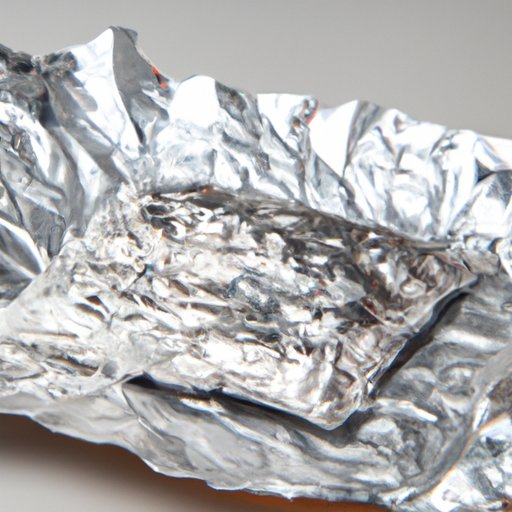
Aluminum Foil Melting Point What Temperature Does it Take to Melt
The melting point of iron alloys and the melting point of steel, occur at higher temperatures, around 2,200-2,500 Fahrenheit (°F) / 1,205-1,370 Celsius (°C). Melting points of Copper Alloys (including bronzes, pure copper, and brass) are lower than iron, at ranges around 1,675-1,981°F / 913-1,082°C. Aluminum Alloys have a lower temperature.
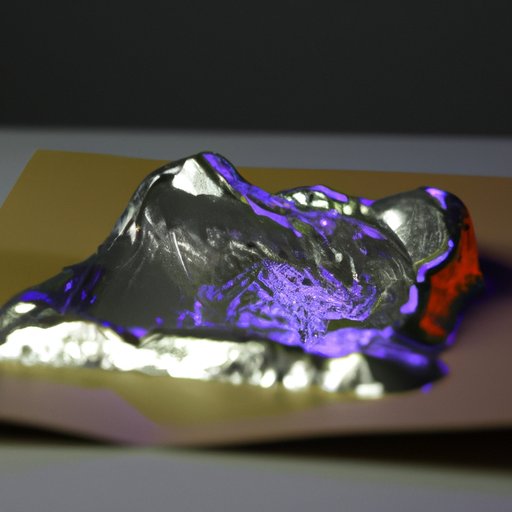
What Temperature Does Aluminum Melt At? A Comprehensive Guide
The melting point of aluminum foil ranges from 650°F (343°C) to 1200°F (649°C). The type of aluminum used, the thickness of the foil, and the amount of other elements present all affect the melting point of aluminum foil. Aluminum foil is commonly used in cooking and baking, as a protective wrap for food, or to line pans and baking sheets.

What Temperature Does Aluminum Melt? A Comprehensive Guide Aluminum
The temperature of an oven is between 500 and 600 degrees Fahrenheit and is about half of the maximum temperature aluminum foil could handle. So, you do not need to worry if aluminum foil will catch fire in the oven. However, if you put aluminum foil on the bottom of your oven, it may melt and stick.
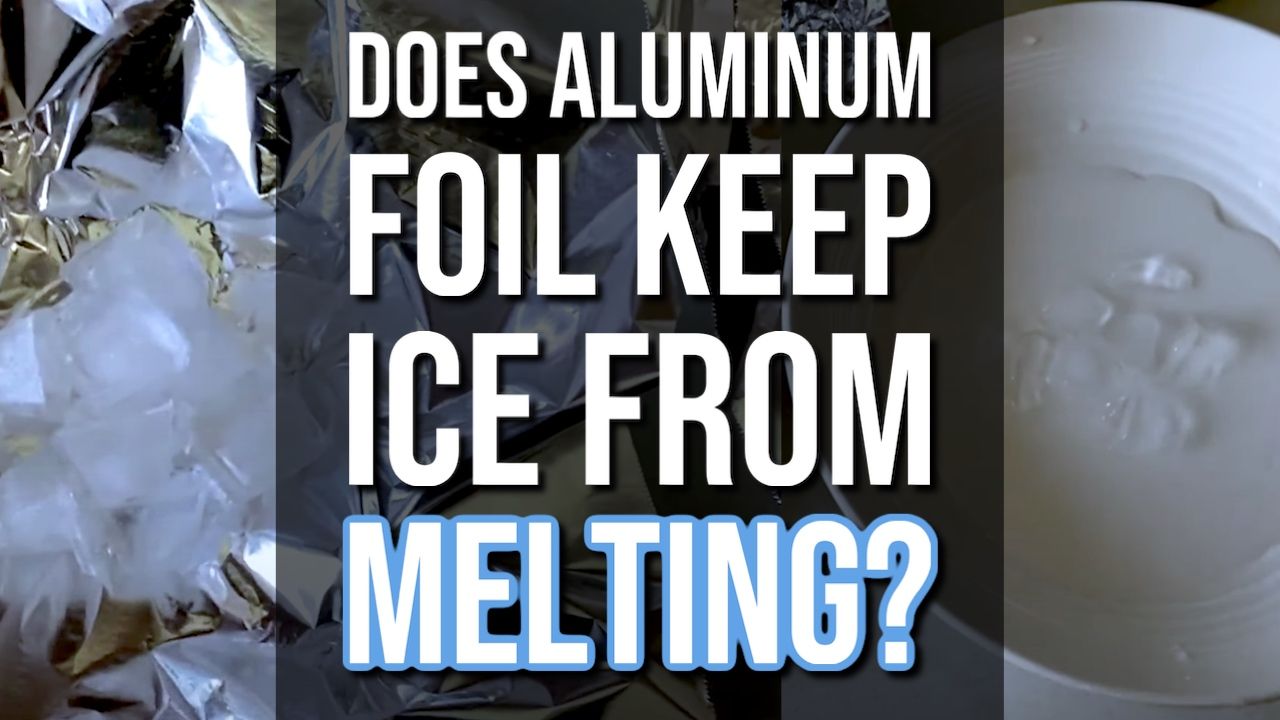
Does Aluminum Foil Keep Ice From Melting?
An oven cleaner made from sodium hydroxide will also help remove melted foil. Spray the cleaner onto the affected area, let it sit for about 20 minutes, and wipe it up. Make sure your kitchen is well-ventilated to prevent the chemicals in the cleaner from being inhaled. If some of the aluminum foil continues to stick, try using a plastic brush.
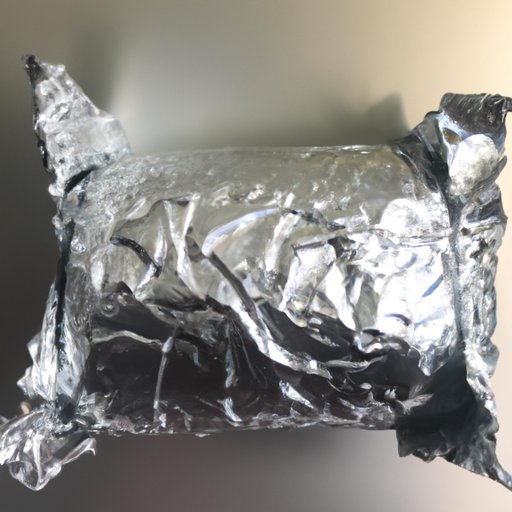
Aluminum Foil Melting Point What Temperature Does it Take to Melt
Close the lid. Fire up the kiln or furnace to 1220°F. This is the melting point of aluminum (660.32 °C, 1220.58 °F), but below the melting point of steel. The aluminum will melt almost immediately once it reaches this temperature. Allow half a minute or so at this temperature to assure the aluminum is molten.
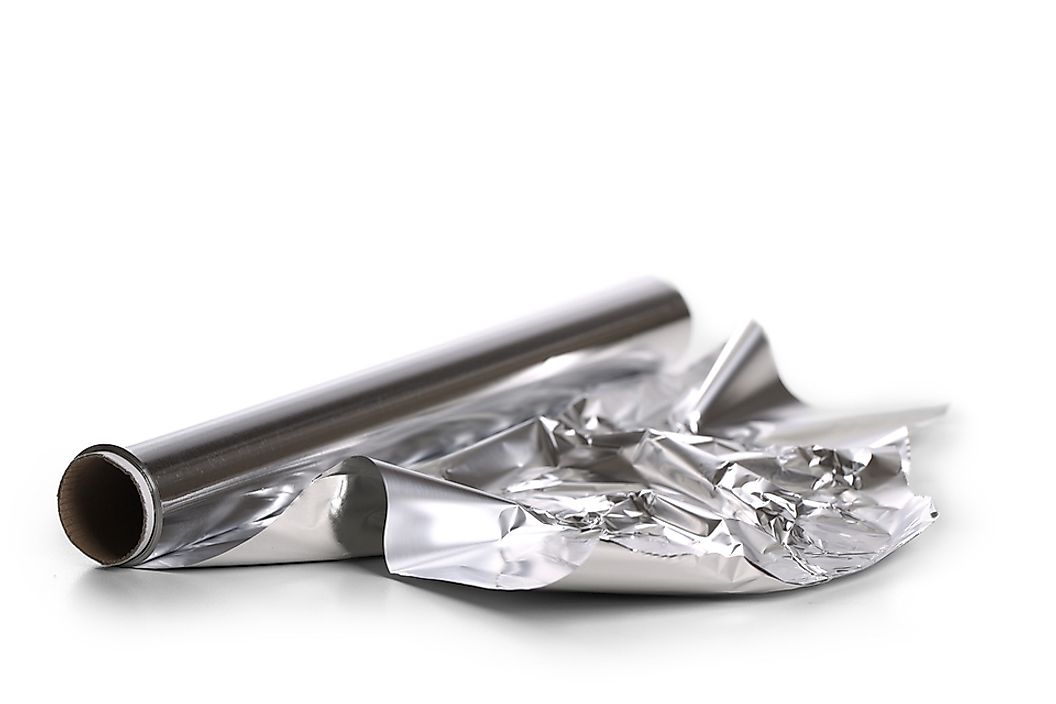
What is the Melting Point of Aluminum? WorldAtlas
It will eventually catch fire, as most things do, but it requires extremely high temperatures to ignite. This means it is not a fire hazard in most common applications. Aluminum foil will melt at high temperatures, as seen in this video: Butane torches can get up to 2600 degrees Fahrenheit (1430 Celsius) and that is why it can melt aluminum foil.